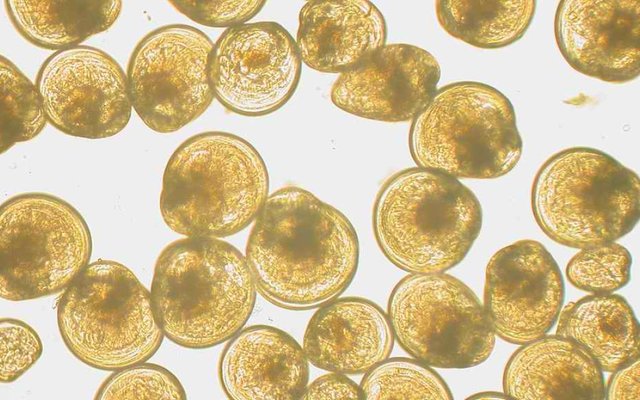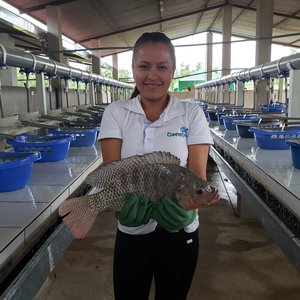A new research project led by Cornell University is looking at ways to preserve extra larvae produced at shellfish hatcheries that are not used for seeding with cryoprotectants.
The team of researchers aims to find the easiest way to use cryoprotectants to keep the larvae alive at a very low temperature so they can be used for future seedings. Doing so could increase efficiency and economic returns for shellfish hatcheries, which could have a ripple effect across the industry.
“Shellfish hatcheries spend considerable labor, energy and phytoplankton conditioning adult shellfish to affect out-of-season spawning,” said aquaculture specialist, Gregg Rivara of Cornell Cooperative Extension Suffolk County. “Low temperature storage of excess larvae would allow a hatchery to recoup the effort in conditioning and spawning, as well as act as an insurance plan if a meltdown in larval rearing occurred. Rather than spawn a new batch of broodstock, they could reanimate the stored larvae and raise these larvae to the nursery phase.”
The initiative is one of eight new research projects across the state that New York Sea Grant (NYSG), a collaboration between Cornell University and the State University of New York, is supporting through National Oceanographic and Atmospheric Administration funding.













